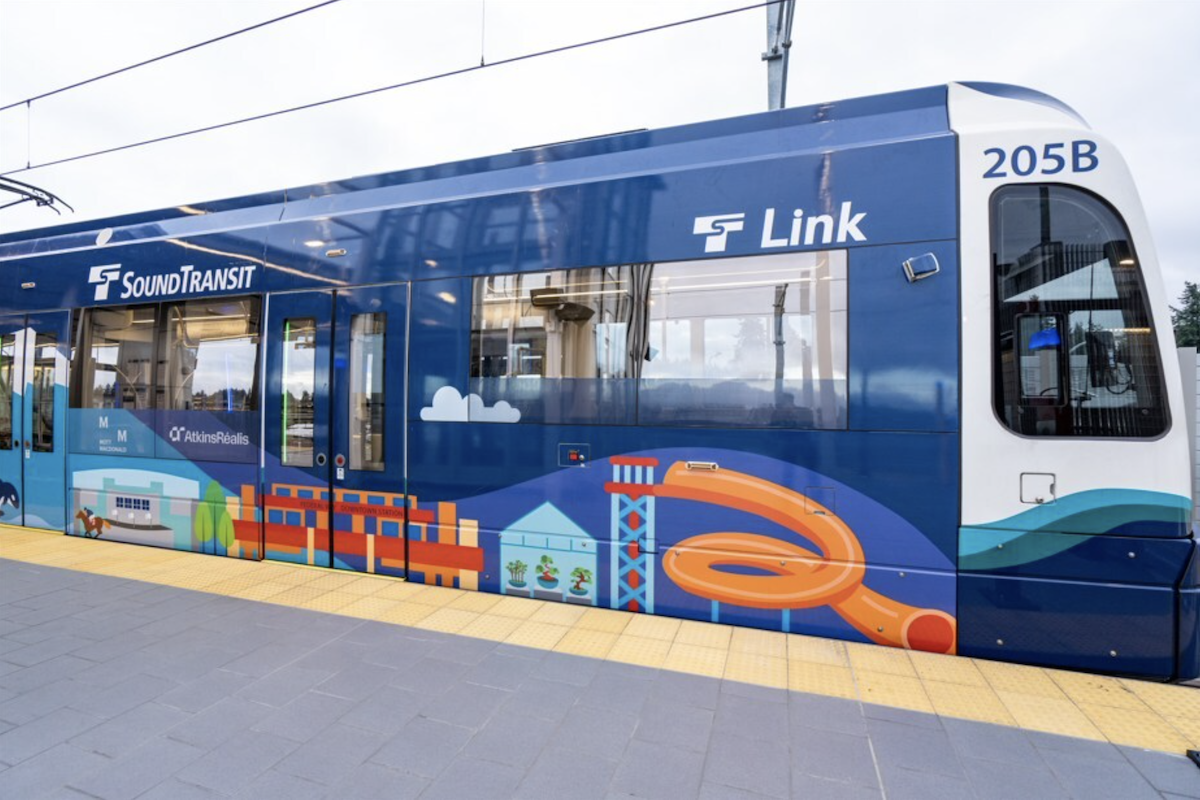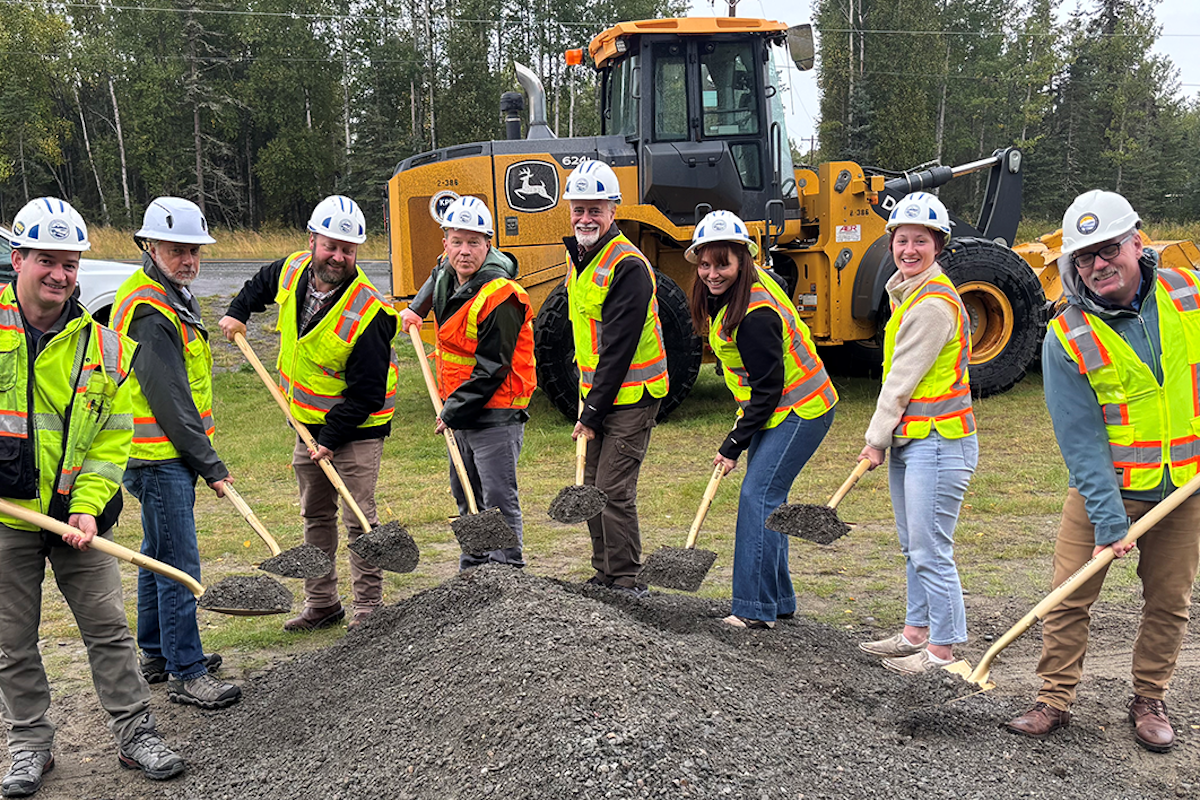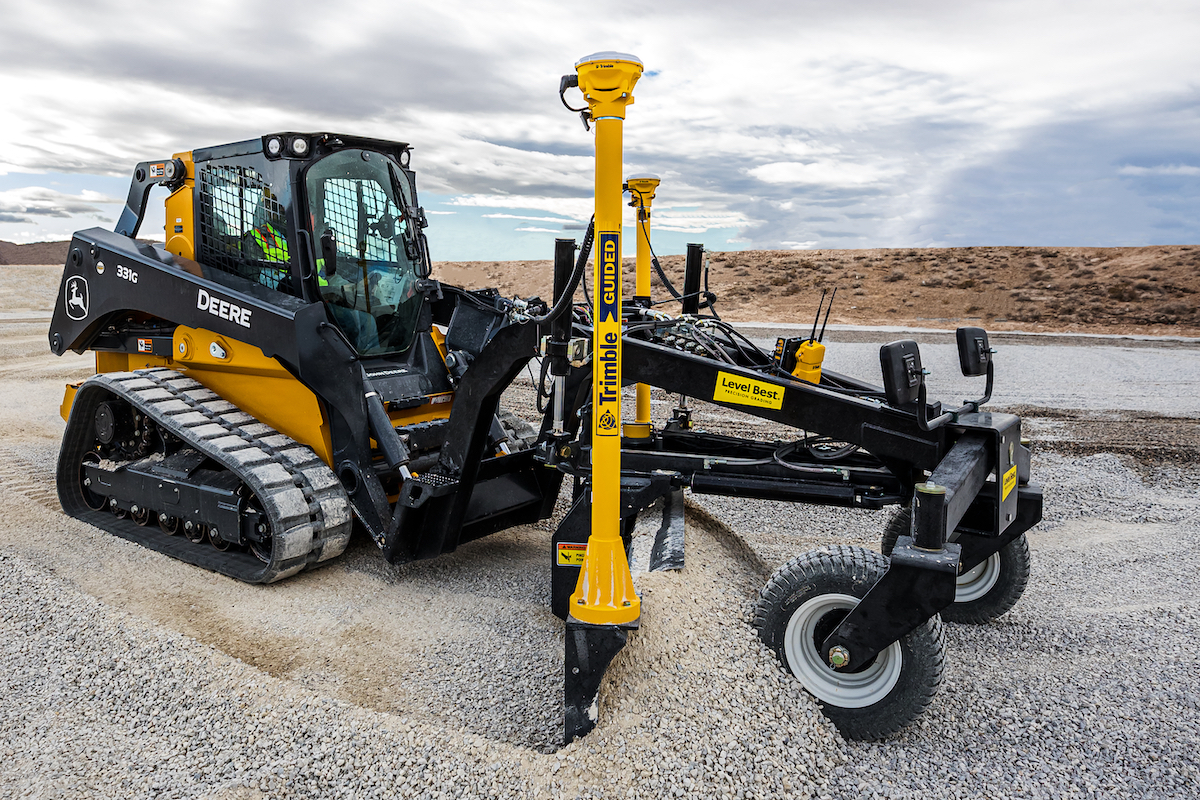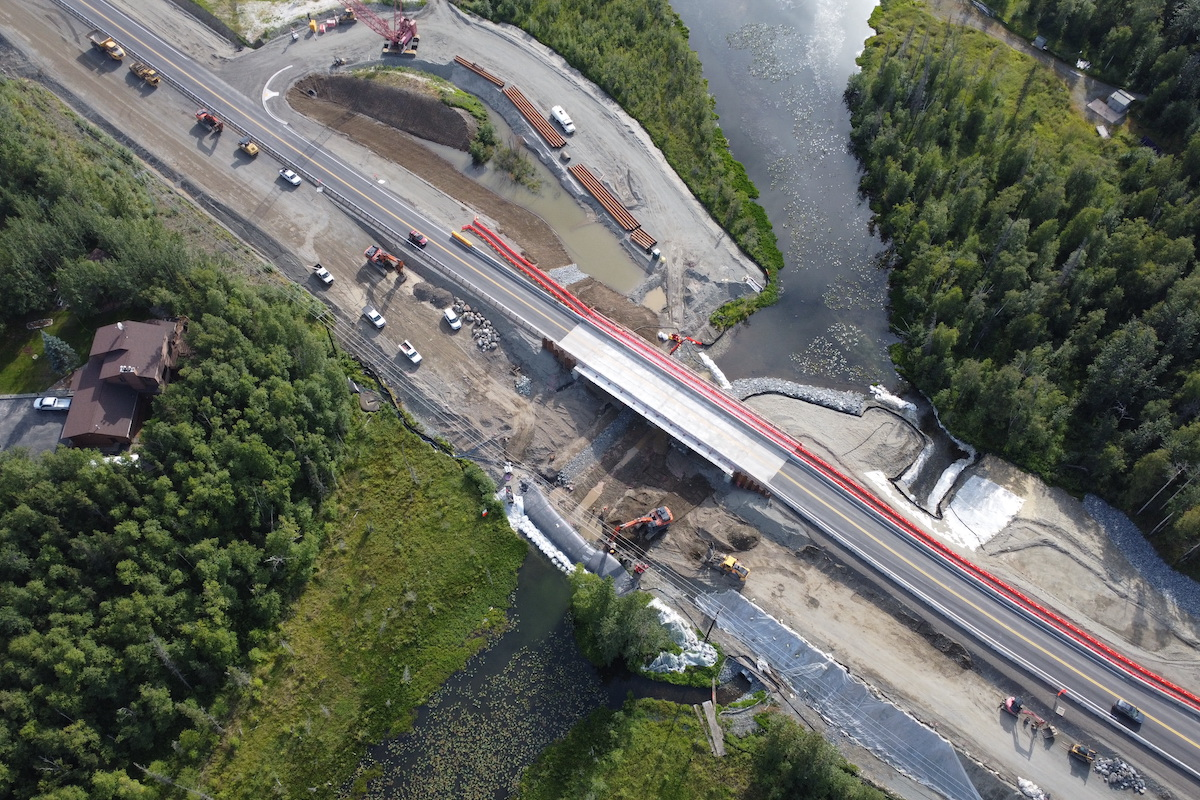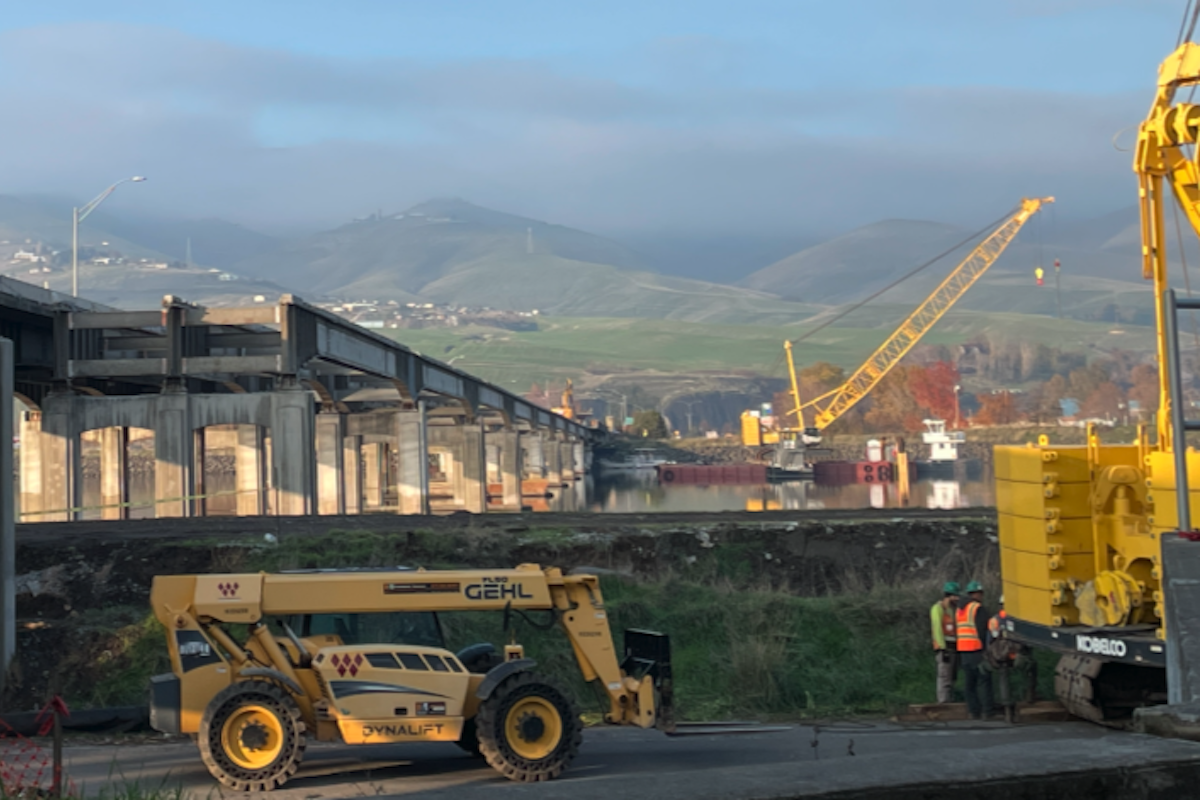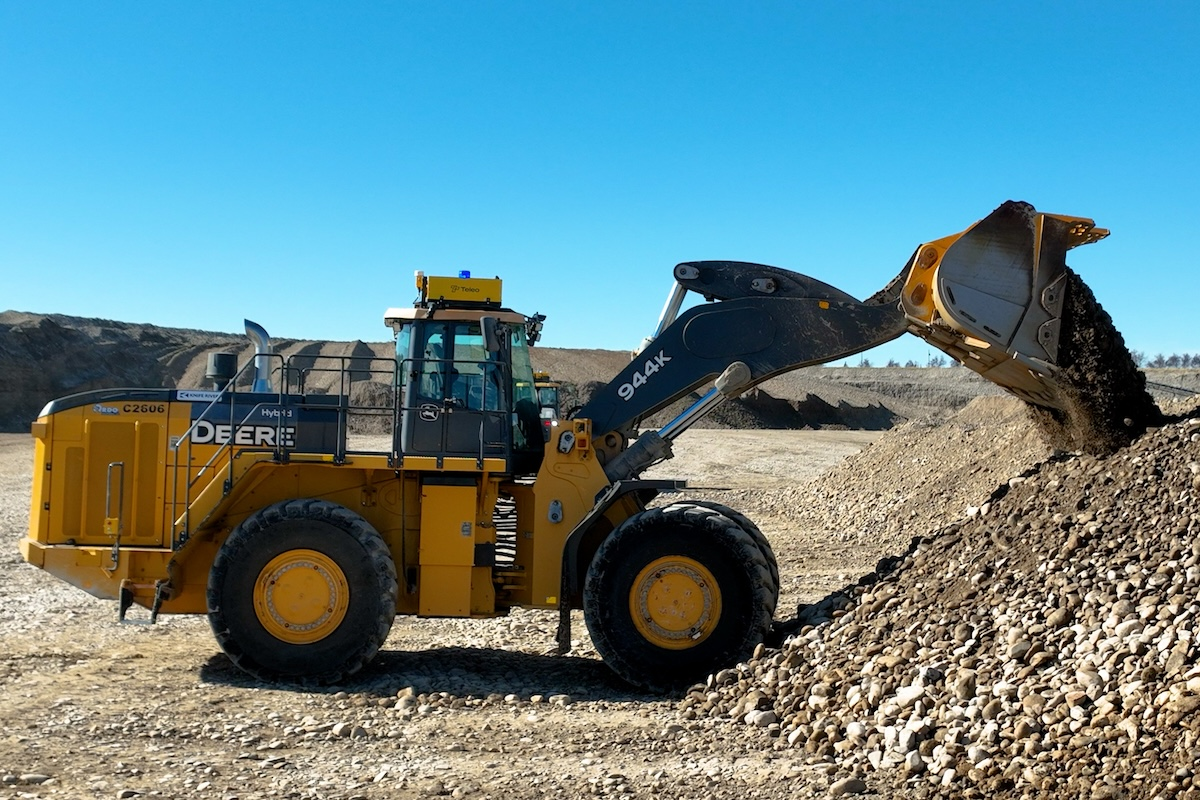Titled “Innovation Growth in the Lynchpin Industries,” the report identifies barriers to the development and deployment of current and emerging construction technologies — ranging from cost and fear of change to an aging workforce, siloed data, and the uniqueness and complexity of construction projects.
The report presents techniques and best practices that can serve as a starting point to overcome strategic, tactical, or managerial roadblocks. Drivers for expanded technology adoption identified in the study include efficiency improvements, cost reductions, interoperability, sustainability advantages, and expanded capital investment in technology development.
The report highlights important economic and societal impacts of construction, along with transportation and agriculture — “lynchpin industries” that are crucial to our daily lives but face universal challenges that stifle their economic potential.
“Despite several specific hurdles outlined in the report, these lynchpin industries have become eager to embrace emerging technologies and innovation practices,” said the report’s author, Matthew Quint, Director of the Center on Global Brand Leadership at Columbia Business School. “This study outlines several techniques that can help them to break through the barriers they still face in making this transition.”

| Your local Metso Minerals Industries Inc dealer |
|---|
| Westate Machinery Co |
| PacWest Machinery |
Pete Large, Senior Vice President of Strategy for Trimble, added, “There is tremendous potential in these industries to improve operational performance through innovations that increase precision, drive efficiencies, and expand access to real-time insights across connected workflows.”
The full report is available at trimble.com/en/our-company/resource-center/innovation-growth-in-the-lynchpin-industries.
















